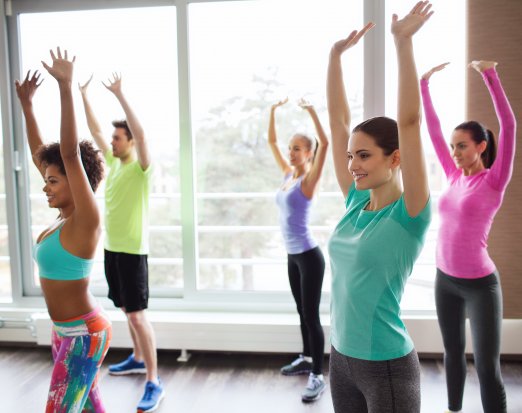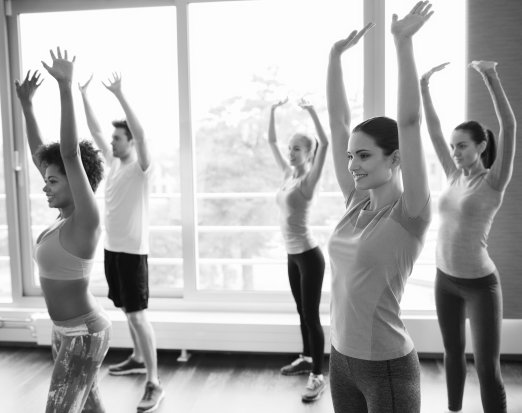How to Squat: The Ultimate Guide
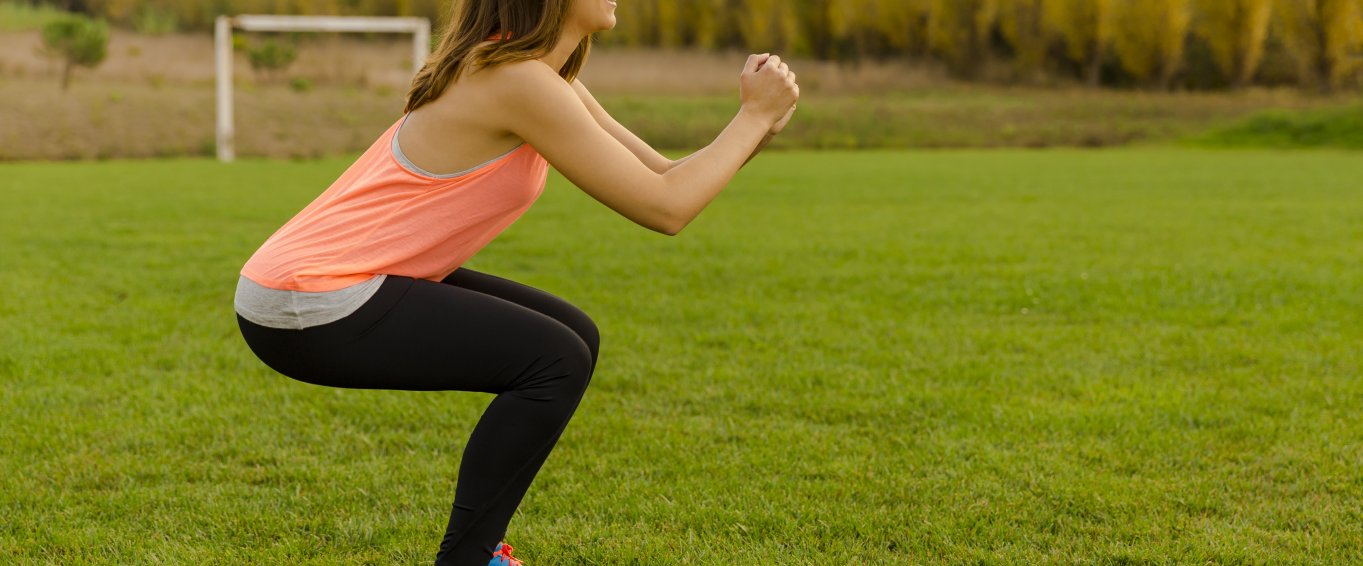
The squat is the reigning champion of the compound strength exercise – utilising a variety of muscle groups and joints to simultaneously help you increase strength, build muscle mass, improve athleticism and burn fat.
The fitness professionals at Amaven believe that squats are one of the most fundamental exercises you can do and should be present in everybody’s exercise program, regardless of age, ability and weight. In this article, we are going to discuss the main progressions of the squat and how to perform it effectively to ensure you get the most out of the movement and reduce the risk of injury.
Benefits of the squat exercise
While often considered a leg exercise, squats actually work almost every muscle in the body and, when executed correctly, can burn a significant number of calories- making it the ideal move for weight loss and toning. A study by the University of Harvard found that weight training exercises, such as squats, are the most effective way to shed stomach fat.
Performing squats also helps to strengthen the posterior chain, one of the largest groups of muscles in the body. The muscles involved in the posterior chain controls a number of fundamental movements including how you walk, sit, stand and run, so it is vital to develop strong and powerful muscles. We naturally lose muscle density as we grow older, which makes us susceptible to falls and frailties, therefore strengthening our leg muscles is crucial to counteracting muscle loss and preventing injuries as we age.
Squat basics 101
Before we look at the different progressions of squats, we need to ace the basics. Adding weight to your squat is the goal of any progression, but if you don’t have the right form from the onset then you may end up injuring yourself and picking up some bad habits along the way.
• For the basic bodyweight squat stance stand with your feet slightly wider than your hips and your toes pointed slightly outward, about five to 20 degrees.
• Ensure that you are looking straight ahead and not down or below by focusing on a spot in front of you and fixing your eyes on it.
• Keep your spine in a neutral position, by making sure that you don’t round or hyper-extend the natural arch in your back, and hold your chest and shoulders high.
• As you squat down, engage your core, keep everything tight and focus on your knees as they should be in line with your feet but never bending inwards.
• Squat down so that your hip joints are parallel to the floor (lower than your knees) and use your heels and the balls of your feet to drive your body back up.
• Finally, squeeze your glutes on the way up to make sure they are engaged!
Depending on how experienced you are, you could begin by placing a Swiss ball behind your back and using it to roll down to get used to the squat movement and feet placement. Alternatively, you could jump straight to an arms out bodyweight squat. Bodyweight squats are perfect for beginners and can easily be progressed to the following to become more challenging:
• Front squat with bar
• Overhead squat with bar
• Bulgarian squat
• Front weighed Bulgarian squat
If you don’t have any weighted equipment at home you could always challenge yourself by altering your body movements, such as standing on one leg to perform the exercise (Bulgarian squat, pistol squat.) Progressing through phases instead of plunging in at the deep end and adding weights reduces the risk of injury and focuses on learning the form.
There are two different bar placements for the back loaded squat, the Olympic high bar squat and the low bar squat. Lifters who use the low bar placement hold the bar between their rear deltoids and traps and find that they can carry more weight due to the lower centre of gravity. The Olympic squat is more challenging, as the bar sits on your traps and requires a narrower foot stance. This type of squat only allows you to squat until your thighs are parallel to the floor.
There is an extensive array of squat variations for you to experiment with, so discover which one works the best for you and keep mixing it up to avoid a plateau.
Tips to improve your squat
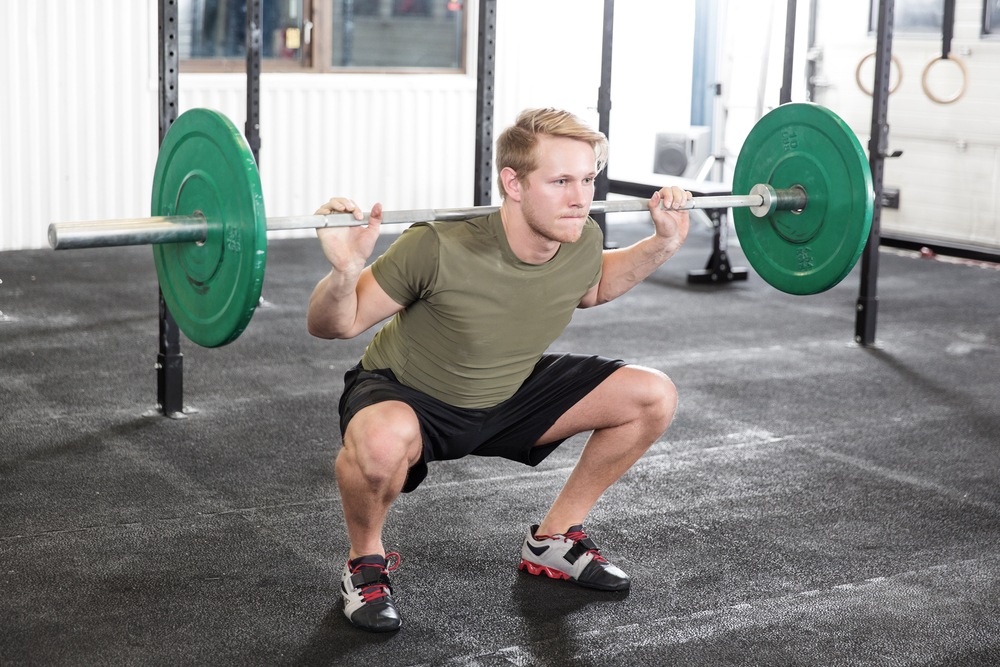
We learn how to squat as a baby, to balance and support ourselves when we are unable to walk. Although squatting is a natural pattern of movement for humans, our increasingly sedentary lifestyles cause us to lose the ability to squat as effectively as we once could when we were younger.
Sitting down for long periods of the day leads to problems such as stiff hip flexors and weak hamstrings and glutes, which consequently causes poor form and an increased risk of injury. Squats require mobility in the hips, ankles and even feet, which can be problematic for many people if they don’t regularly work on their balance and patterns of movement.
In this article by Girls Gone Strong, Karen Smith outlines a number of different exercises and stretches to counteract an inactive lifestyle. If you complete these exercises a few times a week you will significantly improve your squat depth and form over time:
• Foot mobility triad – Don’t overlook your feet! Stand upright and bend your toes over, dipping them front to back and side to side. Kneel on all fours and move onto your tip toes to work the arch of the foot, finally point and flex your ankles.
• Ankle prying – In a half kneeling stance, move forward and grip your foot. Put your opposite hand over your toes and cup your heel with the other hand. Push your knee forward towards your other toes without letting the heel leave the ground. Use a rocking motion to move forward.
• Hip flexor stretch – Stay in the same position and shift weight onto the back of your leg, point belly button towards your face and drive your back leg slightly forward in very small movements.
• Cossack – Side to side movement opening up your adductors. Take a very wide stance, hinge at the hips and ensure that one side remains straight. If you can, move side to side or try and try and lower yourself.
• Tactical frog – Imagine how a frog naturally moves, kneel down on the ground on all fours and push your hips down. As your hips loosen up, widen the knees out with the goal of eventually getting your hips to the ground
Aswell as these drills, having tight hamstrings may also be affecting your squat. You can rectify these issues by massaging your hamstring with a firm ball (like a cricket ball) by sitting on a firm surface so that your legs can dangle without touching the floor. Move your torso a bit forward to apply pressure on that tight spot and then flex your quads, to bring the leg up. Place your hands on top of your legs to increase the pressure and aim for 5 slow reps on each leg.
Another common troubleshooting issue, especially for beginners, is that your knees are caving inwards the lower down you squat. This could be caused by weak hamstrings, adductors or just a poor habit you’ve learned. A simple way to change this is to wrap a resistance band around your knees and as you squat down and consciously turn your knees out.
Ensure that you are practising tension throughout the right parts of your body while you squat. Once you add weight, you may start to neglect the tension in your muscles, which can affect the strength of your performance, so always be mindful of engaging muscles such as your core and glutes throughout your squat.
Always remember that the power that drives you upwards comes from your heels and your legs, so you should be using them to push yourself up from the floor and ensure that your toes aren’t moving or pointing upwards. If you do find that your feet are moving, try standing on two small discs to anchor yourself to the ground, some people also find it easier to squat without shoes to balance themselves naturally.
Practise makes perfect
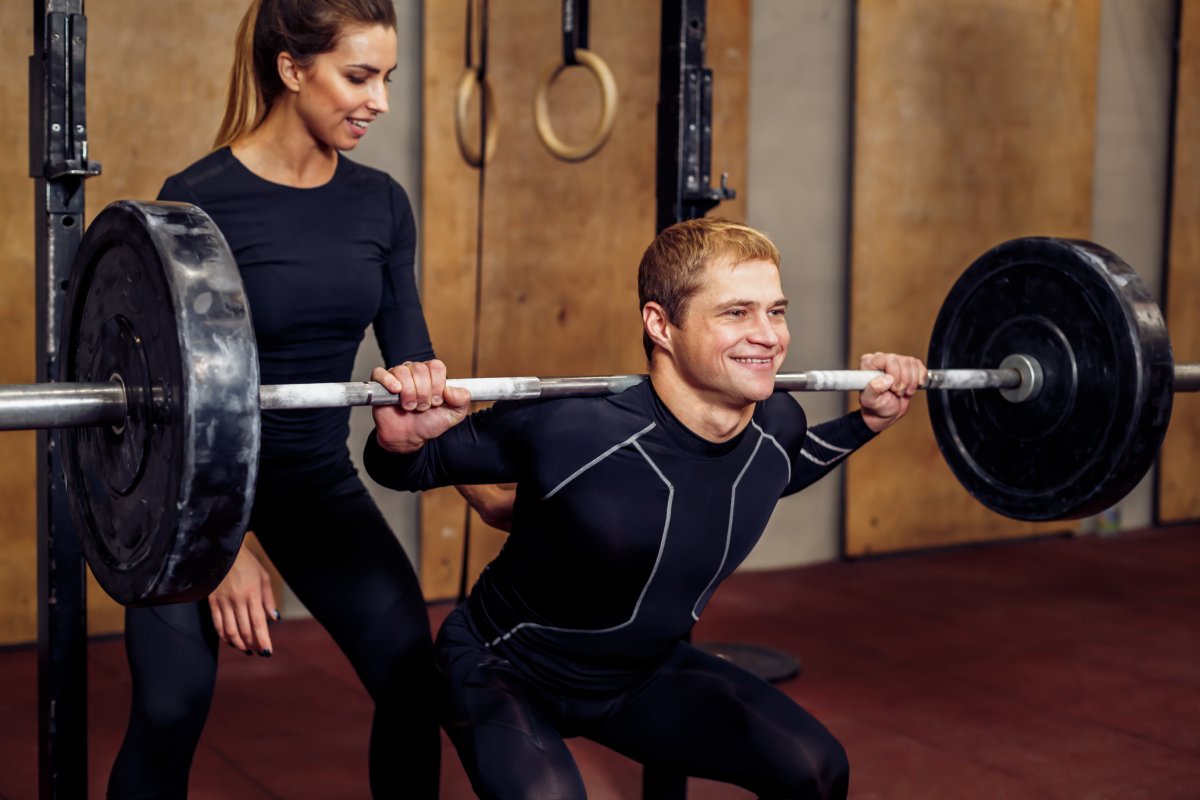
You can spend all day researching how to do the perfect squat online, but the only thing that will help you improve is tearing yourself away from the computer and squatting for yourself.
By all means, your form and technique won’t be ideal at first, but just try to remember the tips in this article and concentrate on your form. We understand that it’s hard to do this in a mirror on your own, so you could ask a friend to video your technique to give you an accurate picture of what you need to improve. If you work with a PT, then ask them to hold a squat clinic for you to boost progression.
Focus on your individual needs, just because the person next to you is squatting 300 lbs it doesn’t mean you should be too. Good form and proper technique is always better than a heavier weight with poor form so listen to your body and add weight gradually.
Free weights are always better for your body, as they engage more muscles than using a machine does, but if you don’t have a partner to spot you, then either avoid the heavier weights altogether or use the power rack or the squat stand to ensure that you can manoeuvre the weight on and off your body.
Amaven allows you to work through training phases, so you can safely and effectively work progress at a rate that suits your needs. Click here to find a qualified Amaven PT who can create a remote fitness training plan for you.


